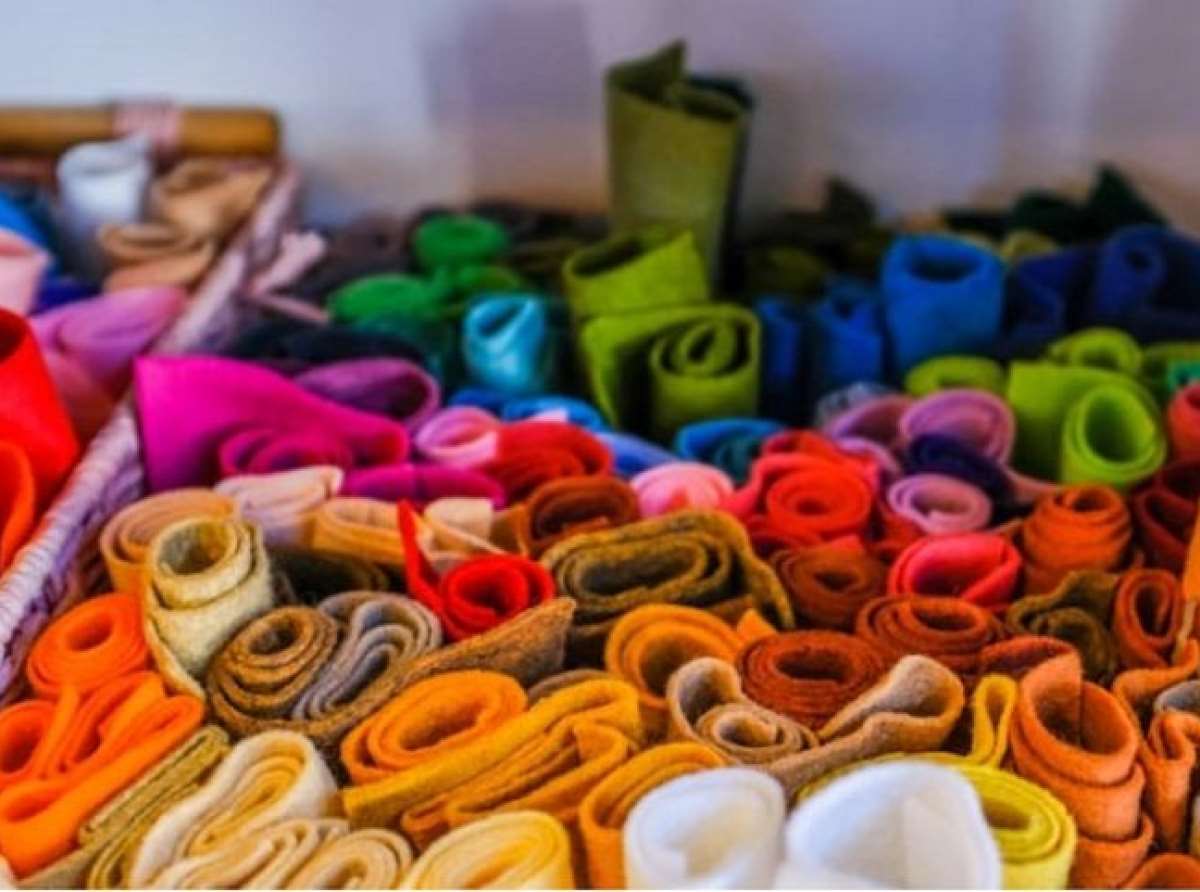
The latest Economic Experts Survey paints a concerning picture for the global economy, with a significant risk of recession looming by the end of 2024. While experts remain cautiously optimistic overall, the potential impact on the textile and apparel industry is particularly worrisome. The World Trade Organization (WTO) predicts a 2-3 per cent decline in global trade in 2024, impacting textile and apparel exports. In fact, a recent study by McKinsey & Company found that 70 per cent of apparel companies expect a decline in sales in the next recession.
Cause for worry
Global growth slowdown: The survey predicts below-average growth in 2024, mirroring forecasts by major banks and institutions. This translates to decreased demand for consumer goods, including apparel and textiles. For example, Bangladesh a major garment exporter saw a dip of 18 per cent in the first half of 2023 due to global economic slowdown, showcasing the immediate impact on developing economies.
Reduced consumer spending: Recessionary fears often lead consumers to tighten their budgets, prioritizing essential goods over discretionary purchases like clothing. This is particularly concerning for the industry, which relies heavily on discretionary spending.
Supply chain disruptions: Existing disruptions due to the pandemic and geopolitical tensions are likely to worsen, further impacting production and delivery of garments.
Rising production costs: Increased energy prices and raw material costs coupled with potential interest rate hikes could squeeze profit margins for textile and apparel companies.
So what are the indications of an impending recession? Declining manufacturing orders is one of them. A drop in new orders from garment manufacturers signals a decline in demand and potential production slowdowns. Then there is the issue of inventory buildup. Rising unsold inventory levels within the industry would indicate a decrease in sales and potential price cuts. Layoffs or an increase in job losses within the industry would be a strong indicator of economic hardship. Weakening consumer confidence or declining consumer confidence indices would suggest a cautious spending approach, impacting apparel purchases.
The severity of the recession's impact on the textile and apparel industry will depend on various factors, including the depth and duration of the recession, regional variations, and government responses. However, some estimates suggest that global apparel sales could decline by up to 10 per cent in a recessionary scenario. Even though quantifying the potential impact is difficult, but historical data suggests a recession could lead to: 20-30 per cent decline in apparel sales. This could result in significant revenue losses and potential company closures. Millions of jobs could be lost across the global textile and apparel workforce. Moreover global trade restrictions and protectionist measures could further exacerbate the situation.
Impact on consumer buying
During a recession consumers are likely to become more price-conscious, seeking out discounts and opting for cheaper alternatives. This could lead to increased demand for value brands and private labels. They will also prioritize essential items over discretionary spending, leading to a decline in demand for fashion apparel and increased focus on functional clothing. What’s more online shopping platforms could benefit as consumers seek convenience and potentially better deals.
Economies most at risk
• Eastern Europe and South America: The survey highlights these regions with an average 34 per cent recession probability, partly due to their dependence on global trade and vulnerable economies.
• Major economies: Ukraine, Germany, UK, and Netherlands face higher recession risks (around 38 per cent), potentially impacting their large textile and apparel industries.
• Countries with recent recessions: Ecuador (48 per cent) and Argentina (61 per cent) already face economic challenges, making them more susceptible to further downturn.
Road to revival
Estimating a specific timeframe is challenging, but historical recessions suggest a potential recovery period of 12-18 months. However, the depth and duration of the impact will depend on the severity of the recession and the effectiveness of implemented recovery measures. Also the path to recovery depends on various factors:
Global economic recovery: A faster-than-expected global rebound could minimize the impact on the industry. As economist Jane Smith says, "A global recession would be a major blow to the textile and apparel industry, but it also presents an opportunity for companies to innovate and adapt to the changing landscape."
Government stimulus: Targeted policies to support businesses and consumers can help mitigate the downturn.
Industry innovation: Adapting to changing consumer preferences and leveraging technology to improve efficiency can help businesses survive.
The looming recession poses a significant threat to the global textile and apparel industry. While the full extent of the impact remains to be seen, understanding the potential indicators, vulnerable economies, and consumer behavior is crucial for businesses to prepare and adapt. By focusing on innovation, cost-efficiency, and targeted government support, the industry can weather the storm and emerge stronger in the long run.












